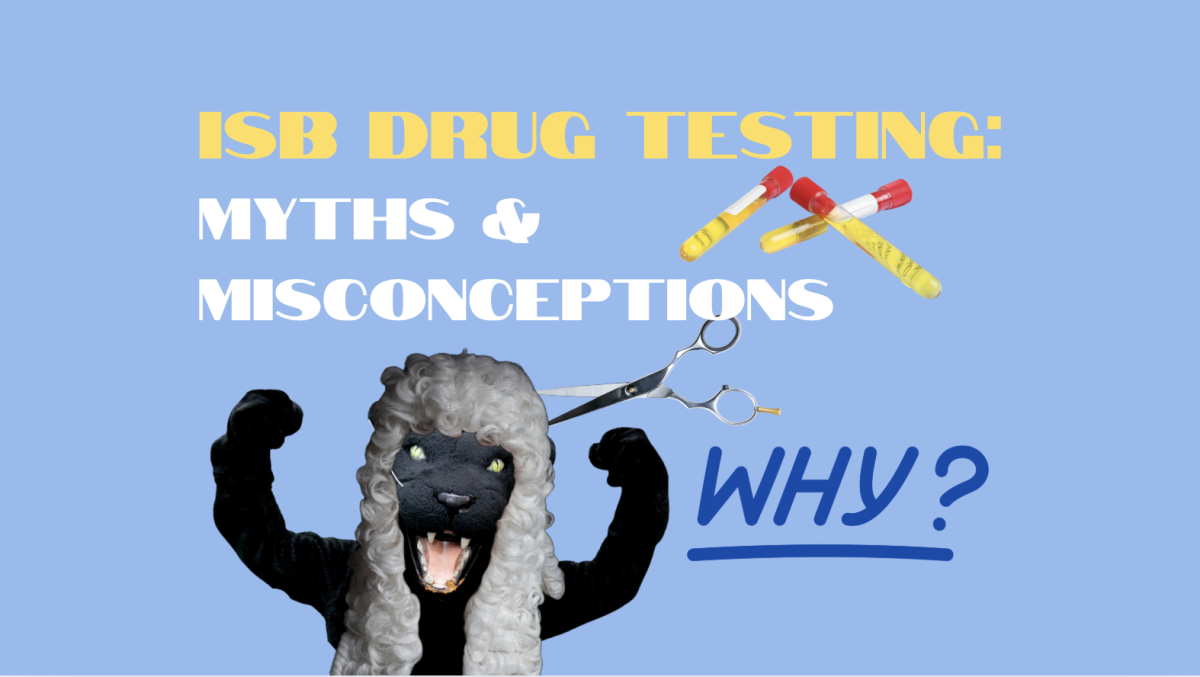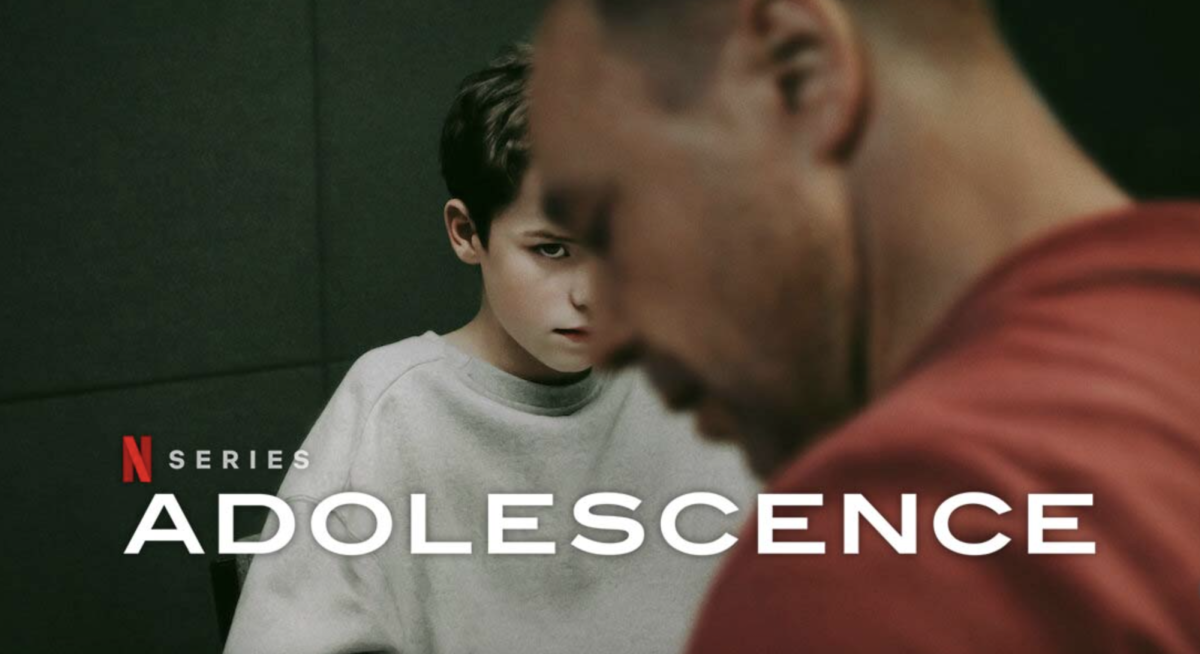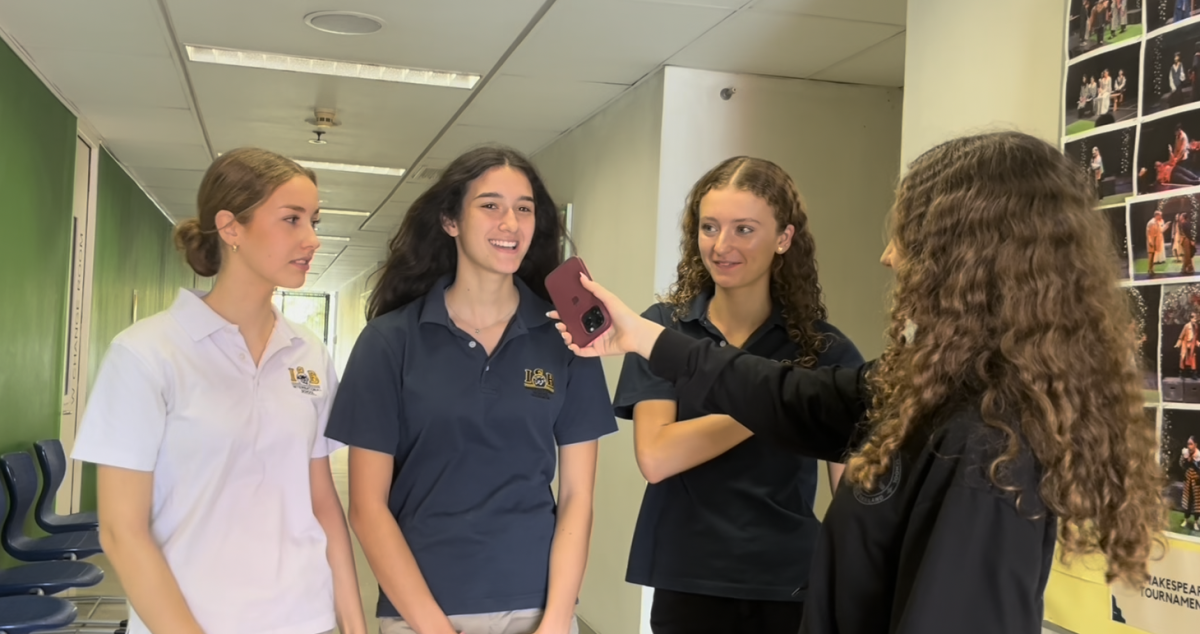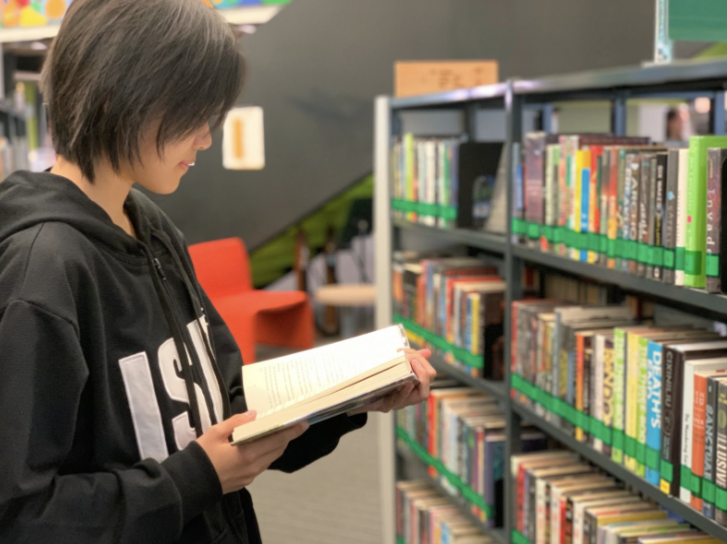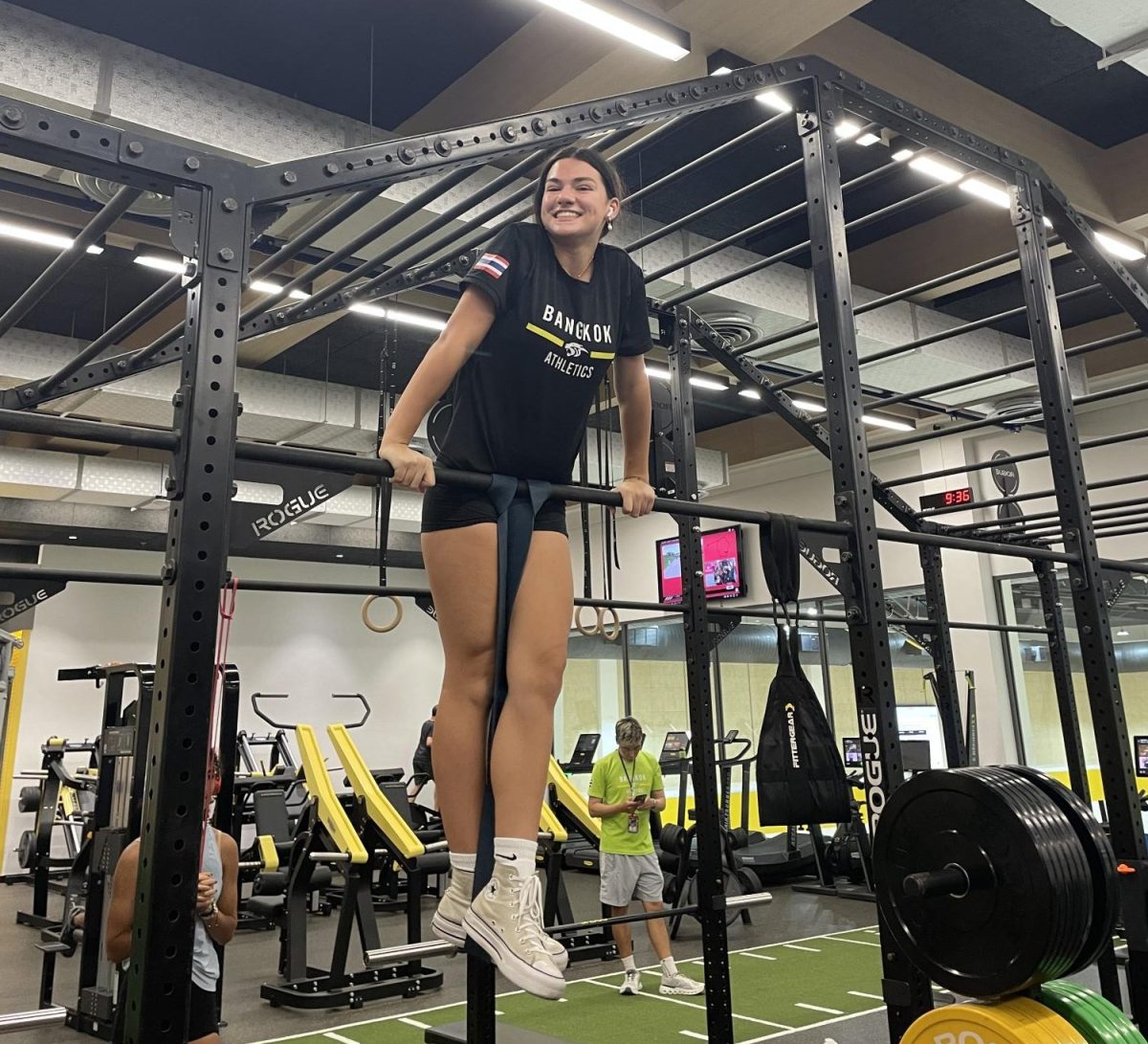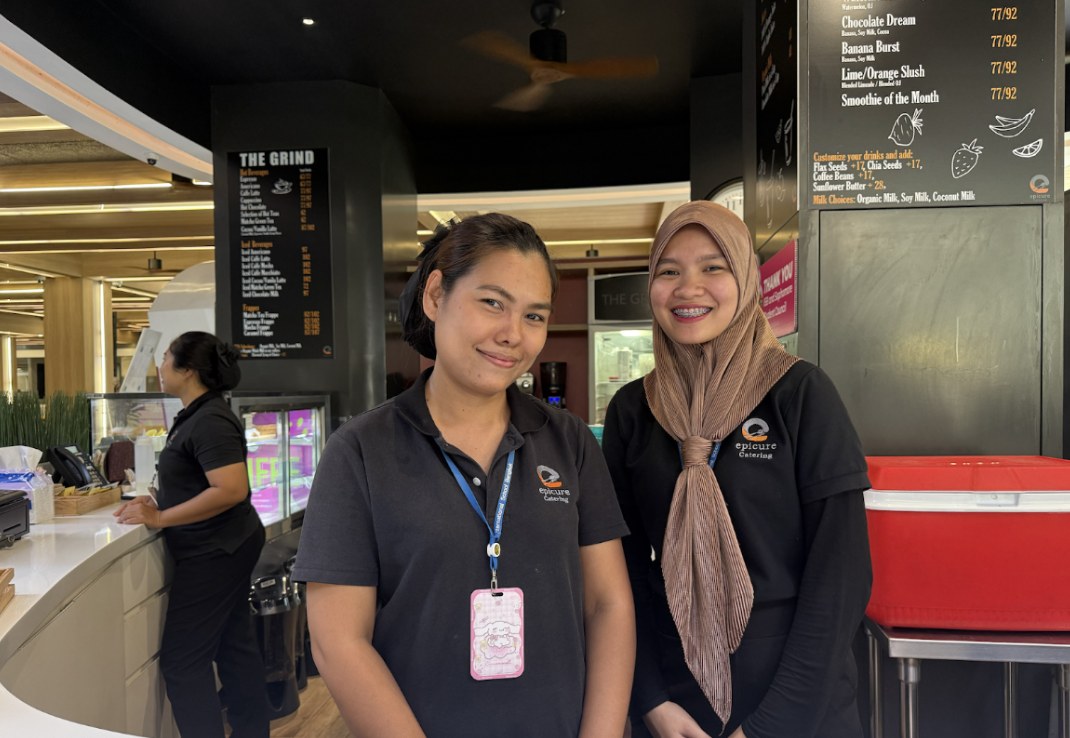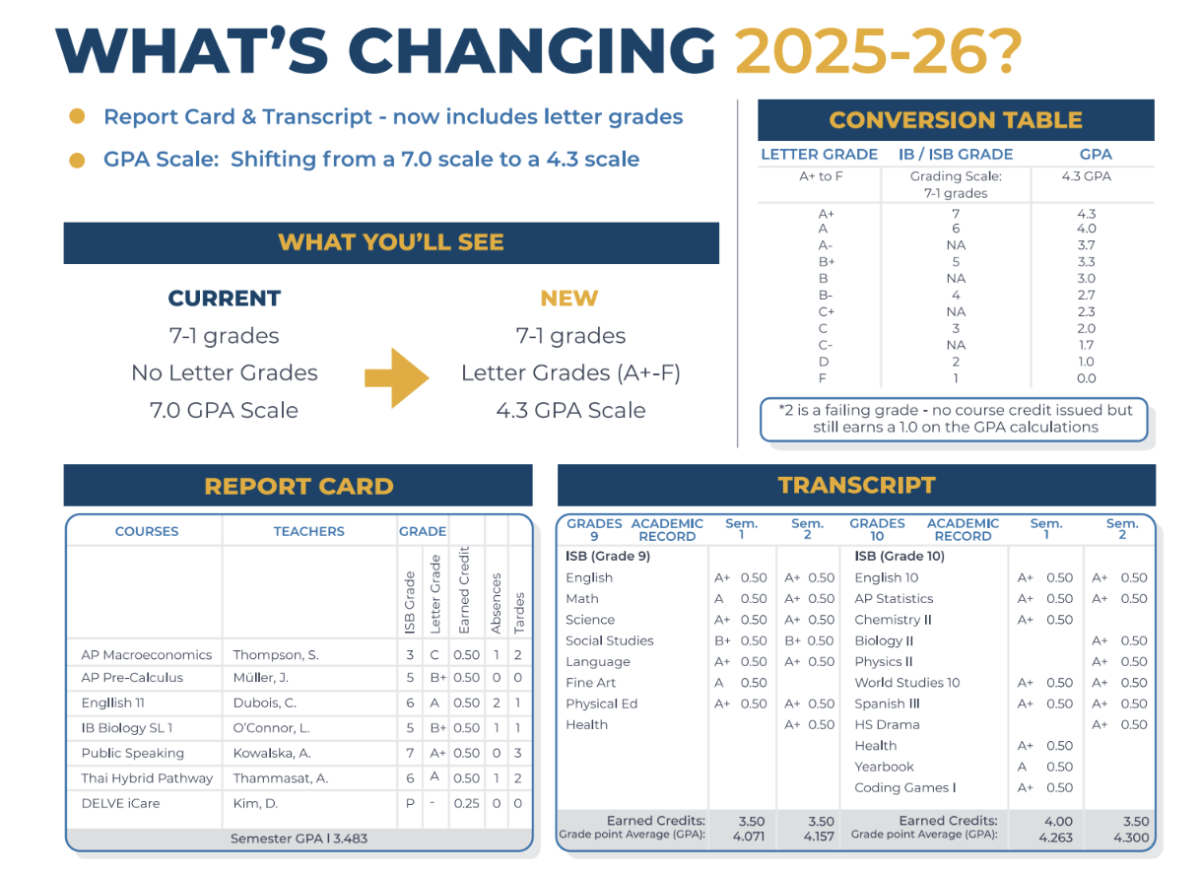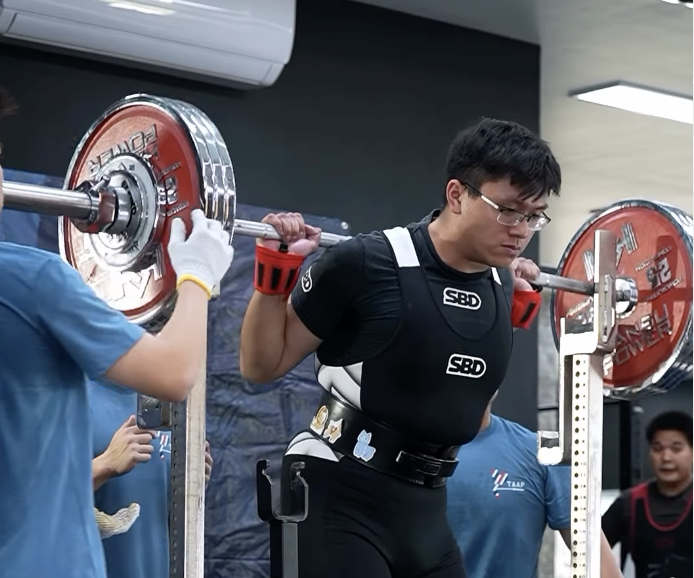Every week, about a dozen students receive a white slip of paper indicating a mandatory visit to High School Dean of Students Andy Vaughan. Though drug testing was implemented long before Mr. Vaughan arrived at ISB, the process has evolved from urine testing, which could identify drugs taken within the past weeks, to hair testing, which spans months.
These days, those who are called in for testing have a sample of hair taken to be shipped from Thailand to the U.S. And despite the practice being ongoing, many myths about what drug testing entails and the validity of the tests continue to circulate among the student body. PantherNation sat down with Mr. Vaughan to clear up some common misconceptions.
“I think a lot of students believe that they are targeted,” he says. In fact, 95% of the tests are random. “We aren’t repeatedly targeting certain students.” In addition, the results remain private between the school and the family. “The only people informed about positive tests are the students and their parents.”
Some additional questions were cleared up as well. Mr. Vaughan confirms that tests are being shipped to the U.S. to avoid repercussions with Thai law. Although domestic testing would begin anonymously, if a positive test were to come back, Thai authorities could press the school to release the names of those testing positive. Shipping them so far not only protects the school but also the students who are tested. Mr. Vaughan adds that while many schools may look to ISB’s drug testing practices and assume that our drug use is unusually high, thereby warranting extra measures, this is not the case. Testing students adds a layer of transparency where the school is aware of the actions of the student body, allowing preventative measures to be more effectively put in place. It also acts as a deterrent, as students know they could asked at any time to undergo a drug test.
While drug use is low at ISB, Mr. Vaughan says, alcohol use among ISB students seems to be on par with national averages. But overall, recreational drug and drinking habits seem to be decreasing among teens. A New York Times article titled, “Are Teenagers Replacing Drugs With Smartphones?,” reports that this trend has been happening over the past decade or more. Mr Vaughan confirms the data. “Students are going out less and spending more time on their phones,” he says. “As a result, the quick dopamine fix provided by social media has in some ways replaced recreational drug use among youth.”
Mr. Vaughan shed light about the procedure for drug testing here at ISB. “First, about 12 students are randomly chosen at the beginning of the week,” he says. “You get a number, and you sit down until the testing time. Then, students are gathered in the conference room to review the basics about what will happen. Information about declaring medication and confessing a positive result is all given. Next, students, one by one in ascending number order, are sat down with the nurse, who cuts a small chunk from the back of the student’s hair. If their hair is too short, nails can also be used. Once you give your ID number and sign a form, you are dismissed to go back to class.”
Student opinion on the subject varies. Some students believe that the practice upholds the integrity of our school, while others believe it to be an unnecessary intrusion. “I’ve never been at a school that has drug tests,” says senior Lucia Canestrari. “This is a new thing to me. I don’t know if it helps stop students from going out and doing drugs, but it is annoying to have to go do.”
Despite that skepticism, though, one thing is clear: The number of positive tests has significantly decreased year after year, demonstrating that drug testing at ISB might just be effective at preventing drug use.

